Amoxycillin & Potassium Clavulanate 500 mg Tablet for Cats: A Complete Guide to Indications, Dosage, and Safe Use
Amoxycillin & Potassium Clavulanate 500 mg Tablet is a high-strength veterinary antibiotic tablet formulated with amoxicillin trihydrate, a broad-spectrum beta-lactam antibiotic belonging to the penicillin class.While amoxicillin is a commonly used medication in both human and veterinary medicine, MoxelPet 500 mg is specially formulated for animals and should only be used under veterinary supervision.
This offers a comprehensive overview of Amoxycillin & Potassium Clavulanate 500 mg Tablet for cats, covering its indications, dosage recommendations, safety considerations, administration tips, and a dosage chart by weight.
Medical Indications for Amoxycillin & Potassium Clavulanate 500 mg Tablet in Cats
Amoxycillin & Potassium Clavulanate 500 mg Tablet is prescribed to treat a range of susceptible bacterial infections in cats. These include:
- Skin and Soft Tissue Infections
- Abscesses, wounds, dermatitis
- Respiratory Tract Infections
- Rhinitis, sinusitis, bronchitis, pneumonia
- Urinary Tract Infections (UTIs)
- Cystitis, pyelonephritis
- Gastrointestinal Infections
- Enteritis, colitis of bacterial origin
- Dental Infections
- Gingivitis, periodontitis, dental abscesses
Mechanism of Action
Amoxicillin works by inhibiting bacterial cell wall synthesis, leading to cell lysis and bacterial death. Being a bactericidal antibiotic, it works best when bacteria are actively growing and multiplying.
Dosage Guidelines for Cats
General Dosing Range:
- Standard dose: 5–10 mg/kg body weight
- Frequency: Every 12 hours (twice daily)
- Duration: Usually 5–7 days; may extend to 10 days for stubborn infections
Dosage for MoxelPet 500 mg in Cats:
| Cat’s Weight (kg) | Low Dose (5 mg/kg) | High Dose (10 mg/kg) | Approximate Tablet Portion (500 mg/tablet) |
| 2 kg | 10 mg | 20 mg | 1/50 to 1/25 of a tablet |
| 3 kg | 15 mg | 30 mg | 1/33 to 1/17 of a tablet |
| 5 kg | 25 mg | 50 mg | 1/20 to 1/10 of a tablet |
| 6 kg | 30 mg | 60 mg | 1/17 to 1/8 of a tablet |
| 7 kg | 35 mg | 70 mg | 1/14 to 1/7 of a tablet |
| 8 kg | 40 mg | 80 mg | 1/12.5 to 1/6 of a tablet |
Note: Accurate splitting of 500 mg tablets into such small fractions is not practical. For cats, lower-dose formulations (e.g., 50 mg, 100 mg tablets or suspensions) are preferred for safety and dosing accuracy.
Administration Tips
- Hide in Food: Crush and mix with a small amount of food, but ensure the full dose is consumed.
- Oral Syringe: If available in liquid form, use a syringe to administer directly into the cheek pouch.
Administer on a full stomach to reduce chances of gastrointestinal upset unless otherwise directed by your vet.
Missed Dose Guidelines
- If close to next dose: Skip the missed one; do not double the dose.
- Regular schedule: Resume normal dosing moving forward.
Important Safety Information
Amoxycillin & Potassium Clavulanate 500 mg Tablet is a powerful veterinary antibiotic, but as with all medications, it must be used cautiously to avoid adverse effects and ensure optimal therapeutic outcomes. Below are the critical safety considerations when administering MoxelPet 500 mg to cats.
1. Allergic Reactions and Hypersensitivity
- Symptoms of allergic reaction may include:
- Facial swelling (especially around the lips and eyes)
- Skin rashes or hives
- Difficulty breathing or wheezing
- Sudden collapse (in rare anaphylactic reactions)
- Emergency veterinary intervention is essential if such symptoms appear.
- Be sure to tell your veterinarian if your cat has had any allergic reactions to antibiotics.
2. Use in Pregnant or Lactating Cats
- Use only if the benefits outweigh potential risks, and under strict veterinary supervision.
- Consider monitoring for side effects in both the queen and her kittens during and after treatment.
3. Drug Interactions
- Avoid using MoxelPet 500 mg concurrently with:
- Tetracyclines and chloramphenicol: These antibiotics may interfere with amoxicillin’s bactericidal effect.
- Methotrexate: Amoxicillin may increase methotrexate levels, raising toxicity risks.
- Warfarin and other anticoagulants: Amoxicillin can enhance their effects, increasing bleeding risk.
- Always inform your vet about all medications, supplements, or herbal remedies your cat is receiving.
4. Preexisting Conditions
- Cats with kidney disease, liver dysfunction, or immune disorders may require:
- Adjusted dosing
- Closer clinical monitoring
- More frequent bloodwork to track drug metabolism and side effects
- Geriatric cats or those with multiple health issues should be evaluated thoroughly before starting treatment.
5. Proper Administration
- Do not exceed the recommended dose. Overdosage can cause severe side effects including kidney or liver strain, vomiting, or nervous system effects.
- Never double-dose to compensate for a missed dose.
- Avoid crushing tablets unless specifically advised—some formulations rely on delayed-release mechanisms.
6. Antibiotic Resistance
- Incomplete or improper use can lead to antibiotic-resistant bacteria, making future infections harder to treat.
- Always complete the full prescribed course, even if the cat appears fully recovered.
7. Potential Side Effects
Mild (Common, Usually Temporary):
- Nausea
- Vomiting
- Soft stool or mild diarrhea
- Decreased appetite
These symptoms typically resolve within 1–3 days and often do not require discontinuation.
Severe (Rare but Serious):
- Severe vomiting or diarrhea (potential for dehydration)
- Lethargy or unresponsiveness
- Seizures
- Jaundice (yellowing of gums or eyes, indicating liver stress)
- Behavioral changes such as aggression or confusion
If any of these occur, stop the medication and contact your veterinarian immediately.
Future Research and Considerations
While MoxelPet 500 mg (amoxicillin) remains a trusted and widely used antibiotic in feline medicine, the veterinary landscape is continuously evolving. New insights, resistance patterns, and therapeutic strategies drive the need for ongoing research and updated clinical practices. Below are the major areas where further exploration and refinement are necessary:
1. Antibiotic Resistance Trends in Feline Pathogens
Increasing exposure to broad-spectrum antibiotics like amoxicillin has the potential to select for resistant bacterial strains. Future research should focus on:
- Monitoring resistance trends in common feline pathogens such as coli, Pasteurella multocida, and Staphylococcus spp.
- Developing updated antibiograms for cats, particularly in different geographic and clinical settings.
- Studying resistance mechanisms specific to β-lactam antibiotics in feline medicine.
- Establishing thresholds for resistance to inform when MoxelPet 500 mg should no longer be a first-line treatment.
2. Optimizing Dosing Strategies for Individualized Therapy
The standard dose ranges for amoxicillin are well-established, but individualized medicine is becoming increasingly important in veterinary care. Current dosing does not always account for:
- Age-related pharmacokinetics (especially in geriatric cats)
- Breed-specific variations in drug metabolism
- Comorbidities such as kidney or liver impairment that may affect drug clearance
Research is needed to refine dose optimization models that factor in these patient-specific variables, potentially using therapeutic drug monitoring (TDM) and pharmacokinetic/pharmacodynamic (PK/PD) modeling.
3. Evaluation in Special Populations
Additional safety and efficacy studies are warranted for:
- Pregnant and lactating queens: Current recommendations err on the side of caution, but more controlled studies could help determine fetal and neonatal exposure risk.
- Kittens and neonates: Dosage guidelines for immature immune and metabolic systems remain limited.
- Immunocompromised cats (e.g., FIV/FeLV positive): The effects of MoxelPet in these populations are not thoroughly studied.
Targeted studies could support more precise risk-benefit assessments in these vulnerable groups.
4. Extended-Spectrum Formulations and Drug Delivery Systems
Research into more advanced or long-acting formulations of amoxicillin (e.g., injectable microspheres, slow-release tablets) could:
- Improve compliance in difficult-to-medicate cats
- Reduce handling stress for both pet and owner
- Enhance drug absorption and bioavailability
Studies evaluating these novel delivery systems could transform routine antibiotic administration in feline patients.
5. Synergistic Combinations with Other Antibiotics
Although amoxicillin is effective as a monotherapy in many cases, combining it with other agents (e.g., clavulanic acid or fluoroquinolones) may improve outcomes in resistant or polymicrobial infections. Research is needed to:
- Explore synergistic effects of combination therapies
- Identify ideal pairings for different infection types
- Minimize resistance risk through rational drug pairing
6. Environmental and Microbiome Impact
Emerging research underscores the long-term consequences of antibiotics on the feline gut microbiome and environment:
- Repeated antibiotic use can alter gut flora, leading to digestive issues, immune disruption, or secondary infections.
- Excreted antibiotics may contribute to environmental contamination, especially in multi-pet households or animal shelters.
Future studies should address the long-term ecological impact of drugs like MoxelPet 500 mg on the pet and the environment.
7. Client Education and Compliance Monitoring
- Effective ways to educate cat owners
- Digital tools (apps, reminders) for compliance tracking
- Behavior-based studies on medication refusal in cats
…could significantly improve treatment success rates and reduce premature discontinuation of antibiotics.
8. Role of MoxelPet in Multidrug Protocols
In complex infections (e.g., severe pneumonia, septicemia, or deep tissue abscesses), MoxelPet may be part of combination regimens. Future protocols should explore:
- The best practices for combining MoxelPet with other drug classes
- Timing of administration for maximum synergy
- Use of MoxelPet in conjunction with supportive therapies (fluids, probiotics, anti-inflammatories)
Conclusion
Amoxycillin & Potassium Clavulanate 500 mg Tablet is a powerful antibiotic with proven effectiveness against a wide range of bacterial infections in cats. Its high strength makes it less suitable for smaller feline patients unless precision compounding or lower-strength alternatives are available. Always consult your veterinarian before administering any medication, adhere to prescribed dosages, and complete the full course of treatment to avoid recurrence or resistance. Amoxycillin & Potassium Clavulanate 500 mg Tablet stands out as a potent, broad-spectrum antibiotic tailored to combat a wide range of bacterial infections in cats—from respiratory and urinary tract infections to skin and gastrointestinal conditions. Its active ingredient, amoxicillin, has a well-documented history of efficacy and safety when used appropriately under veterinary guidance.







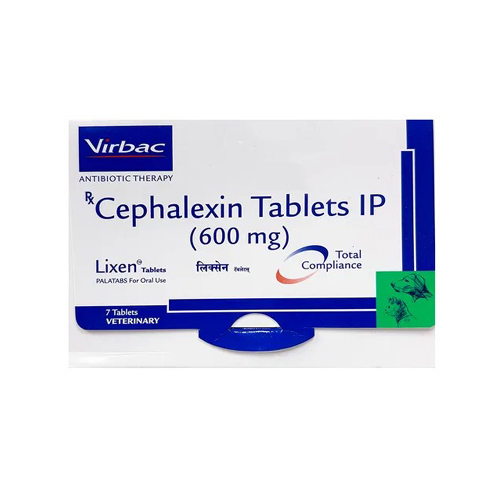
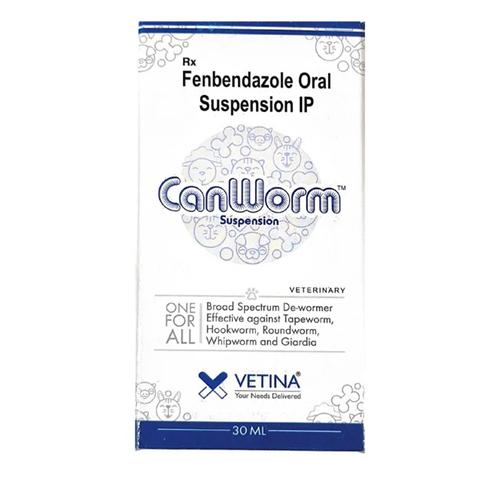

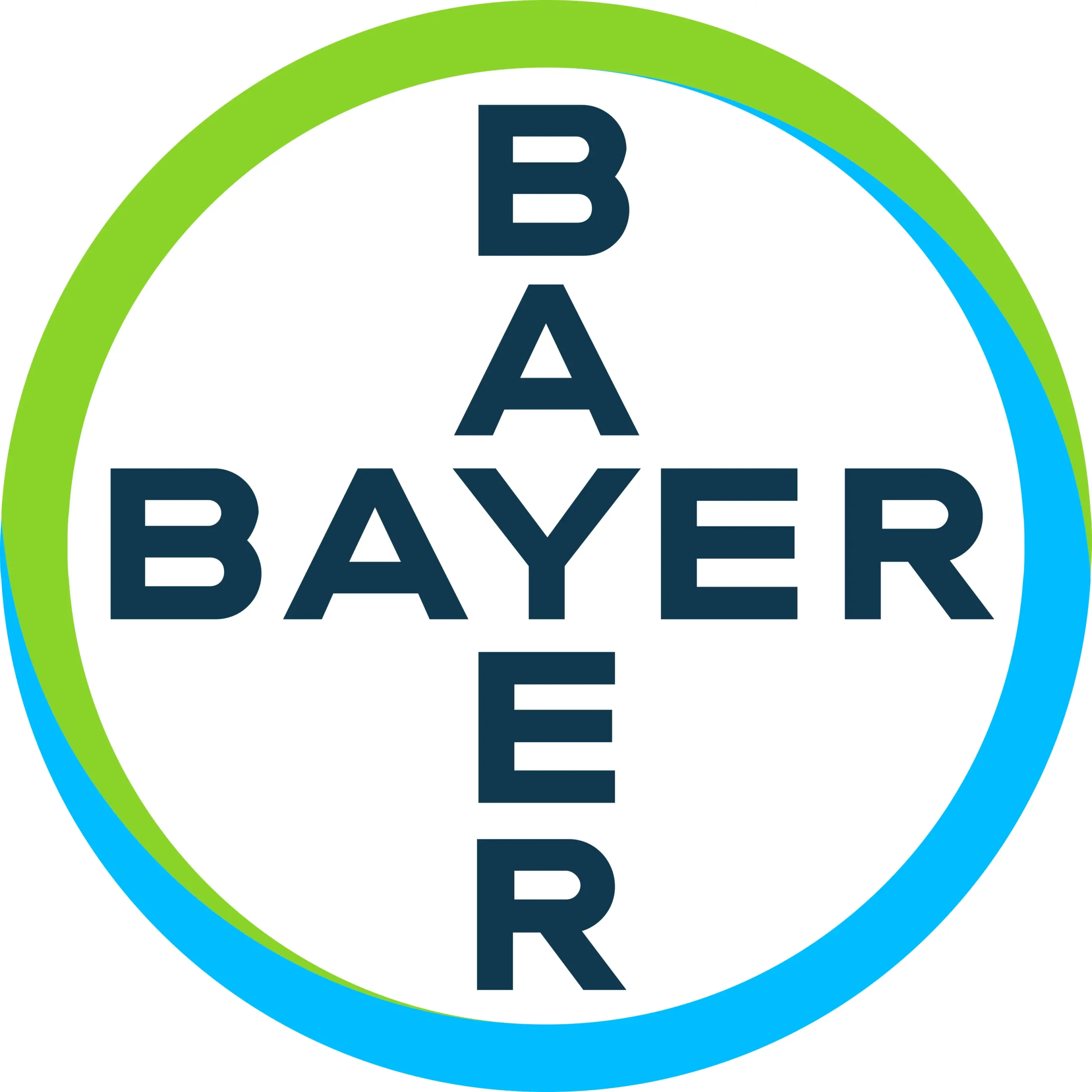
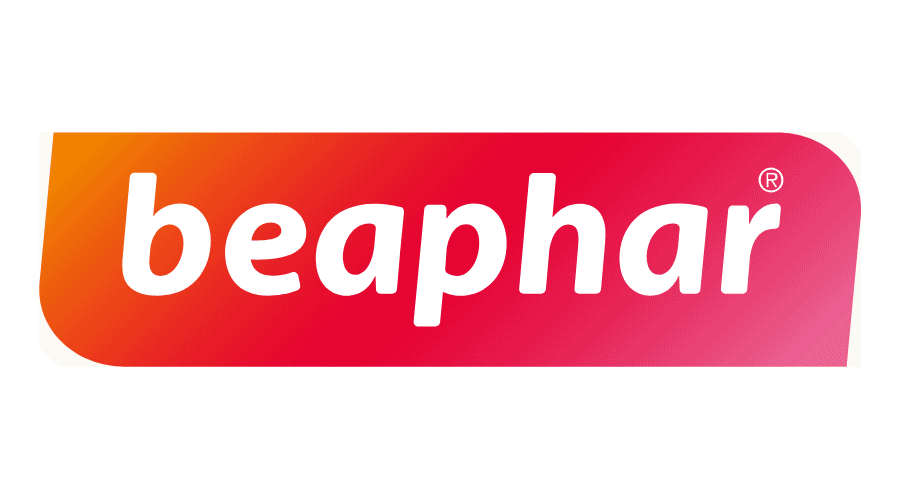
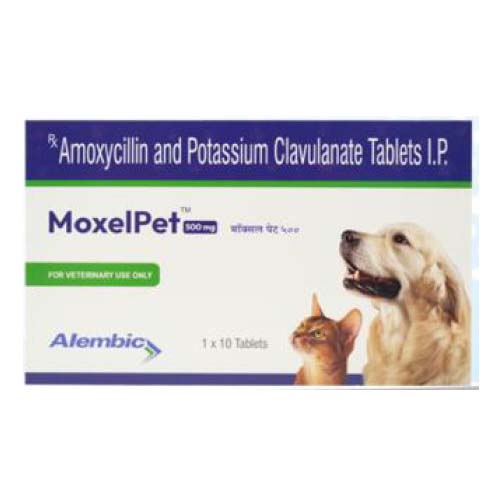
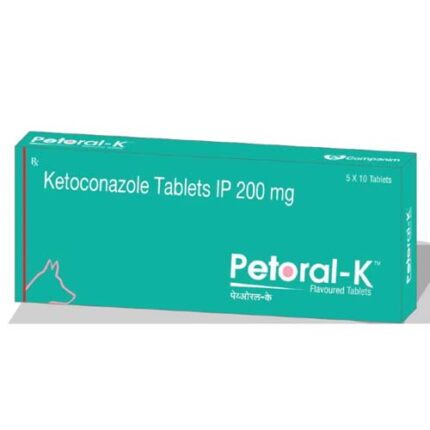
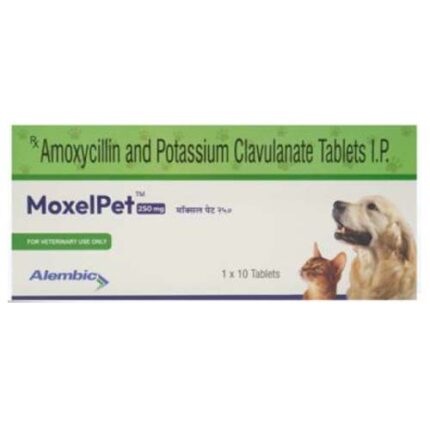
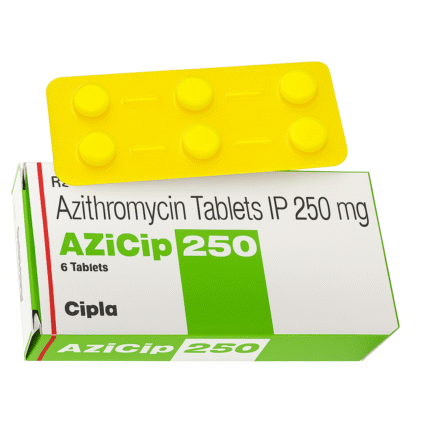
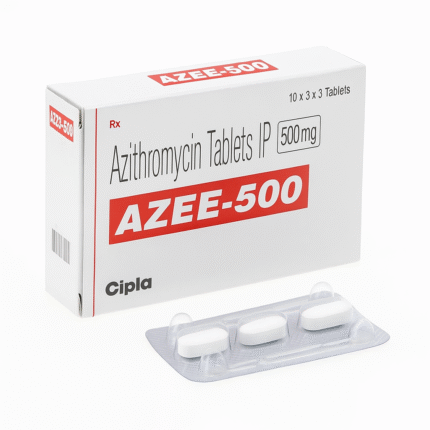
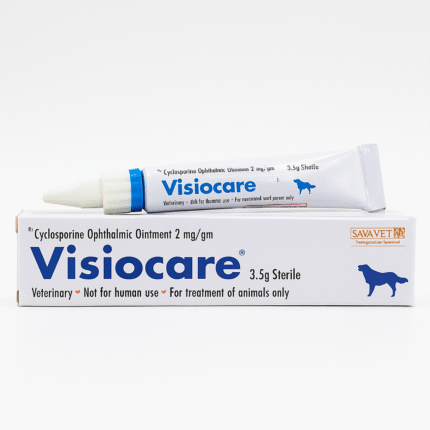


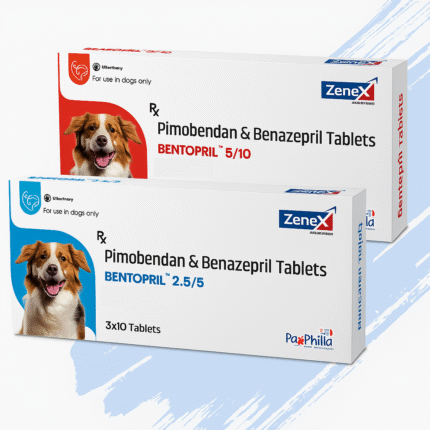
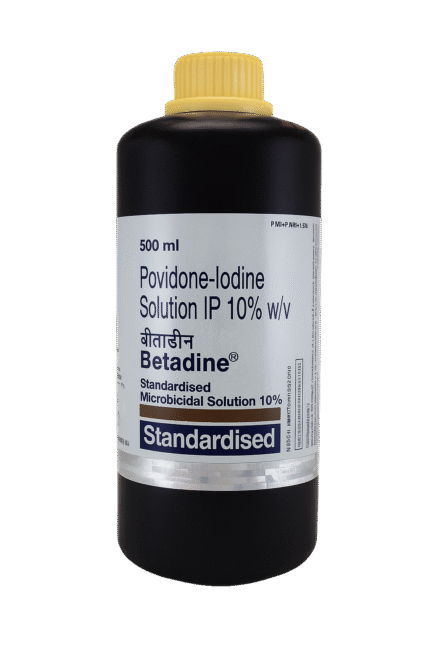
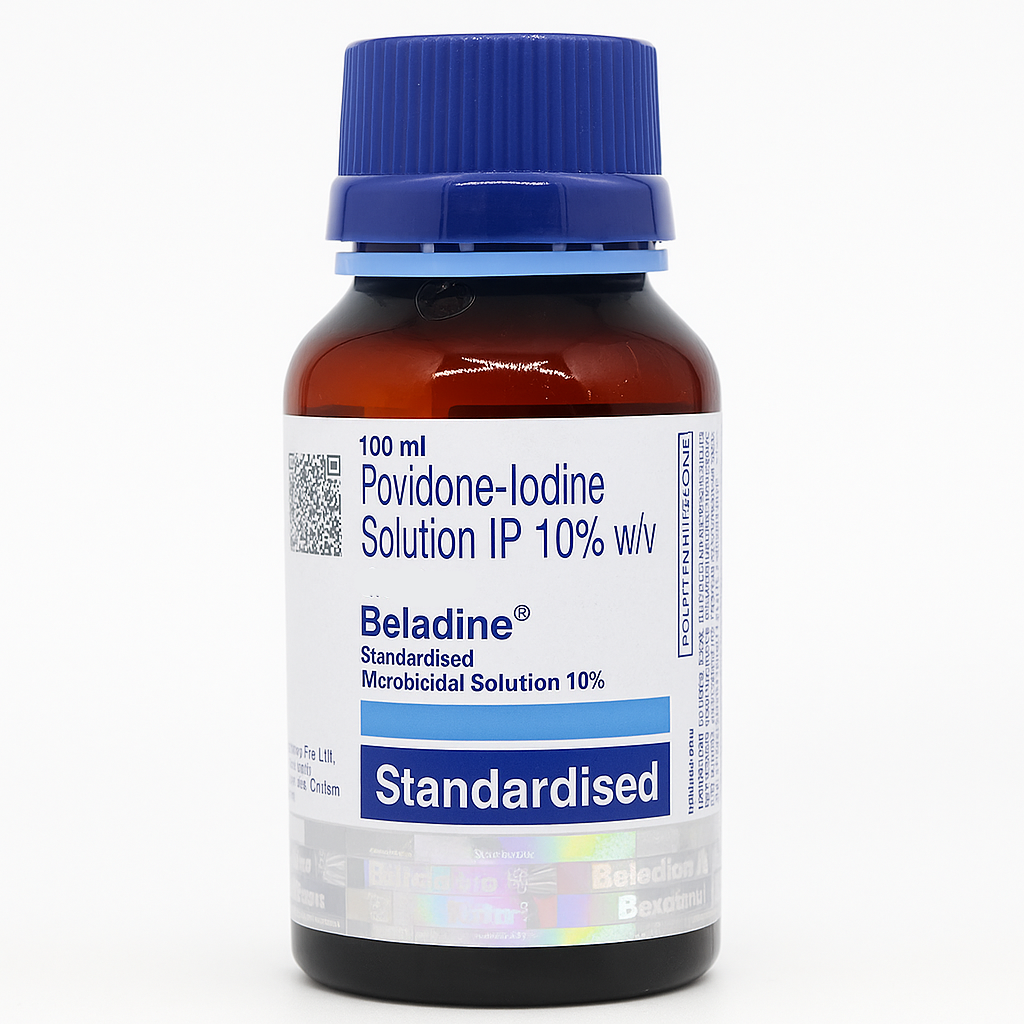

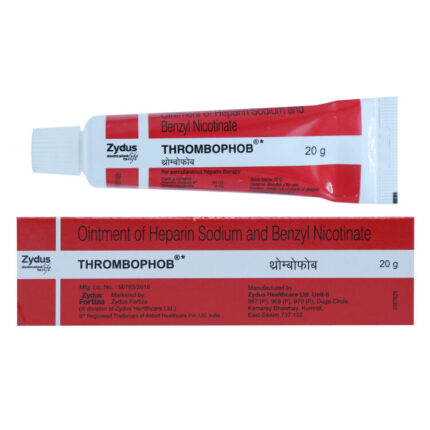
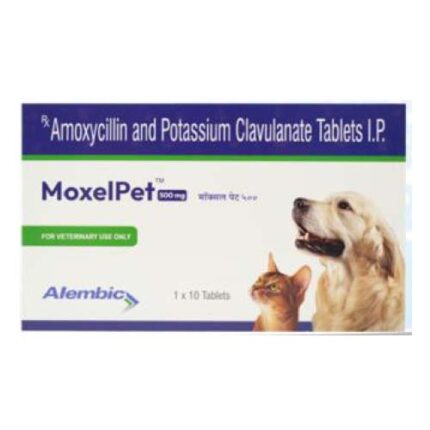
Reviews
There are no reviews yet.